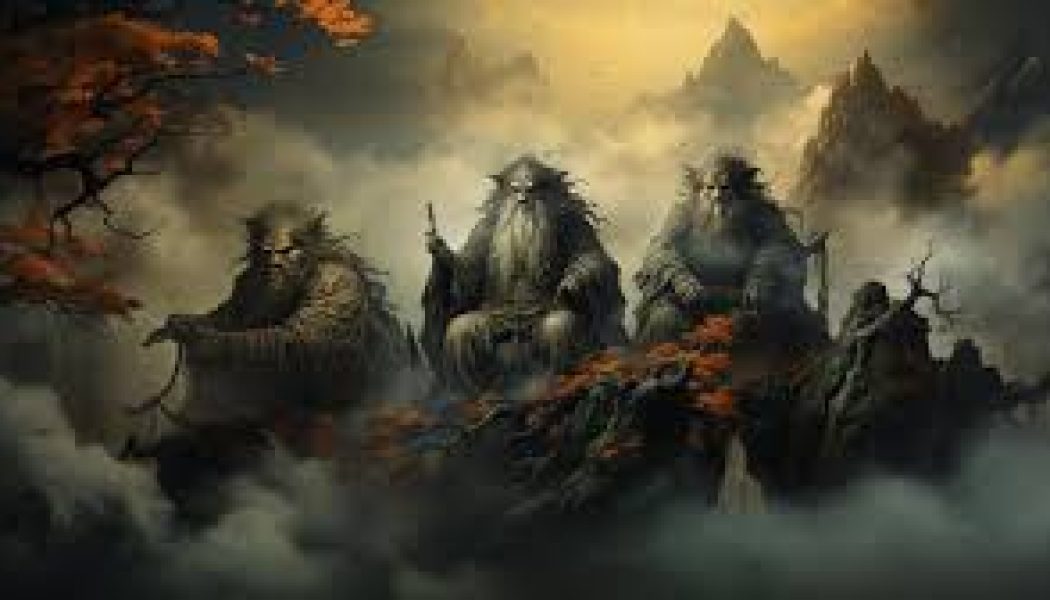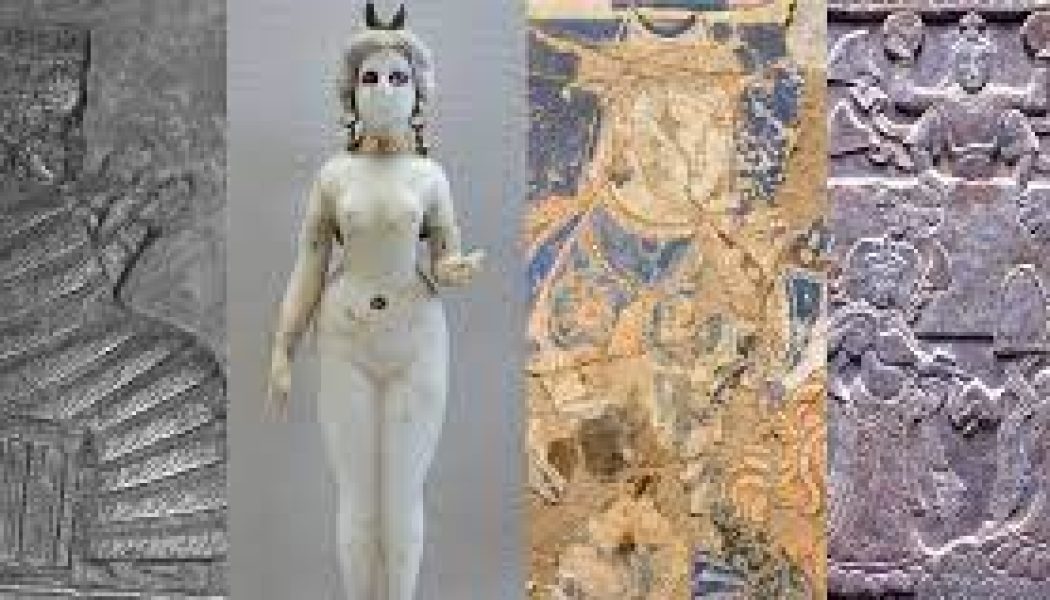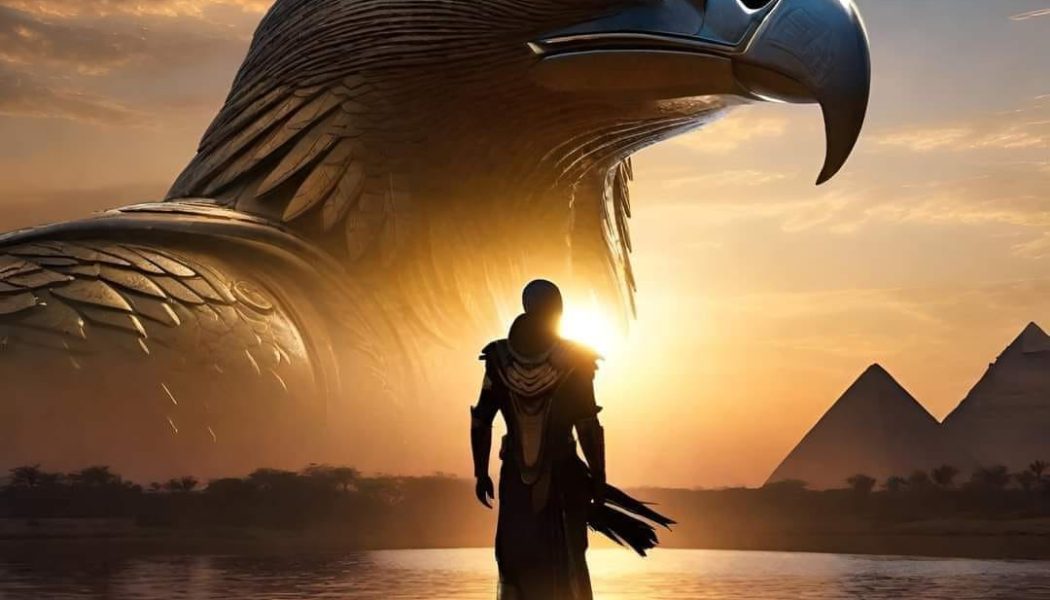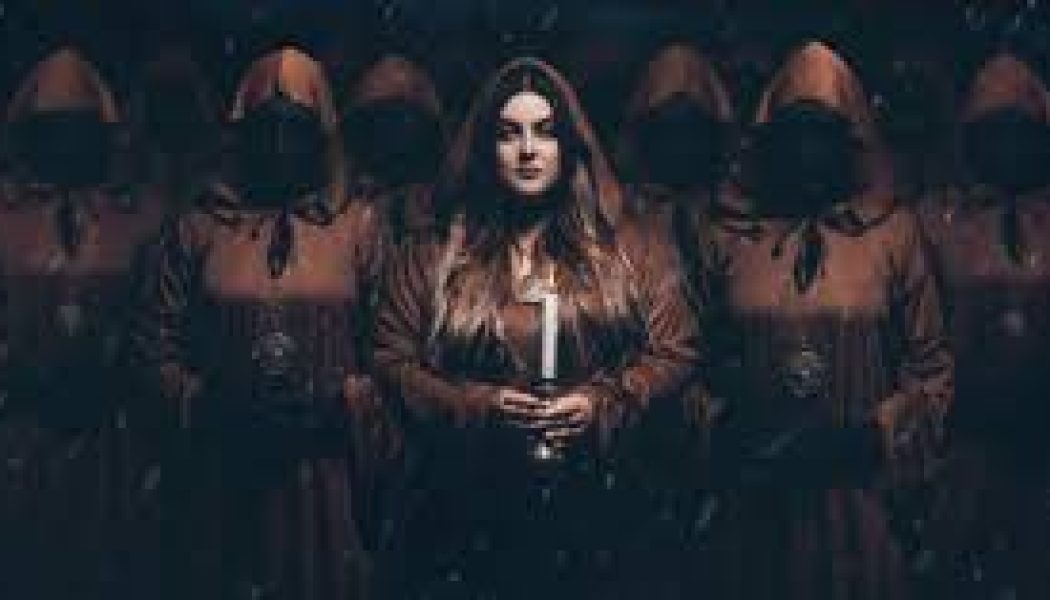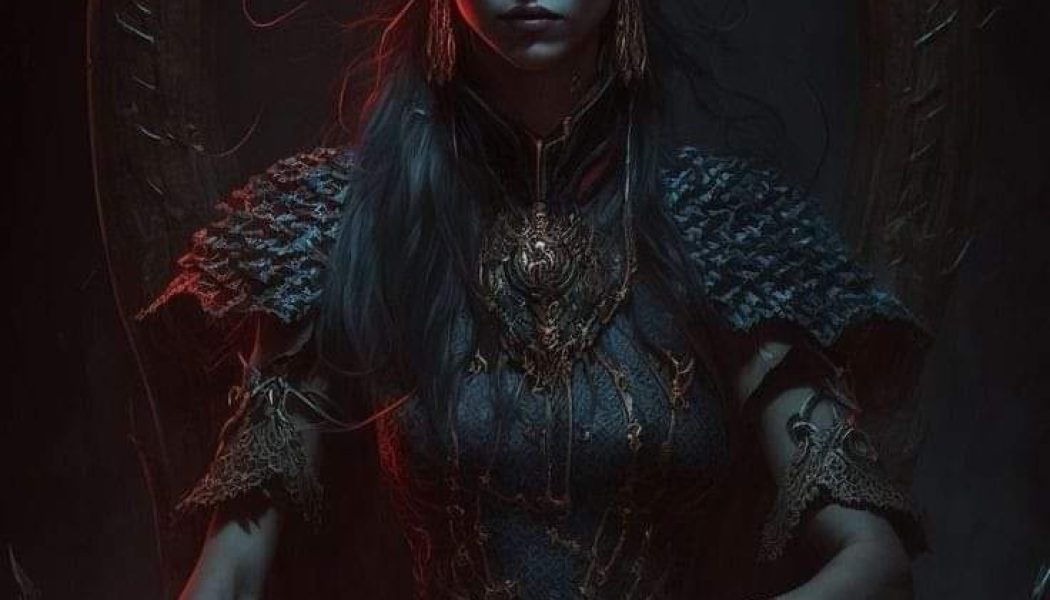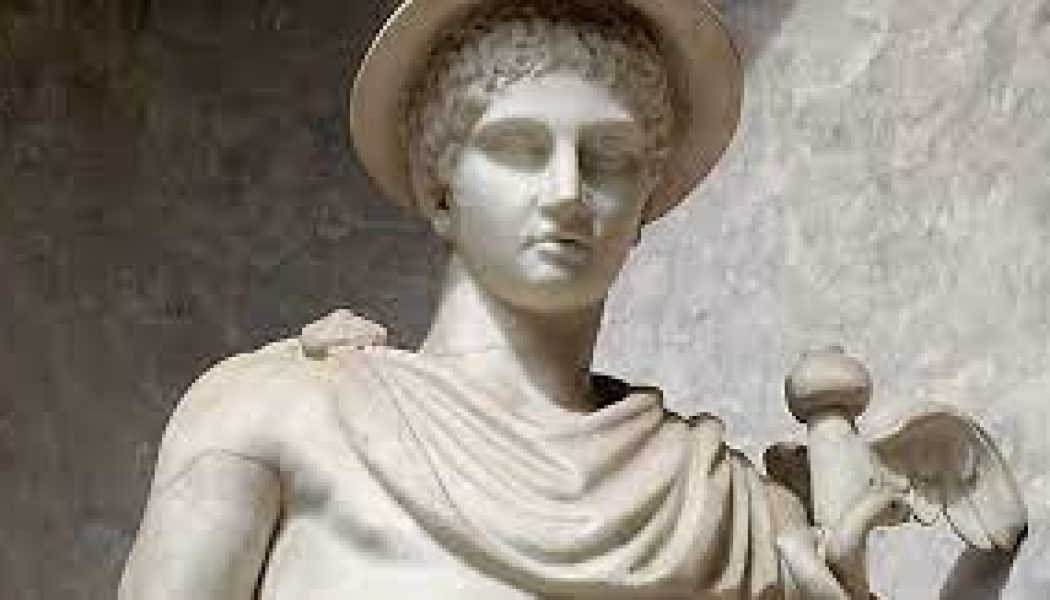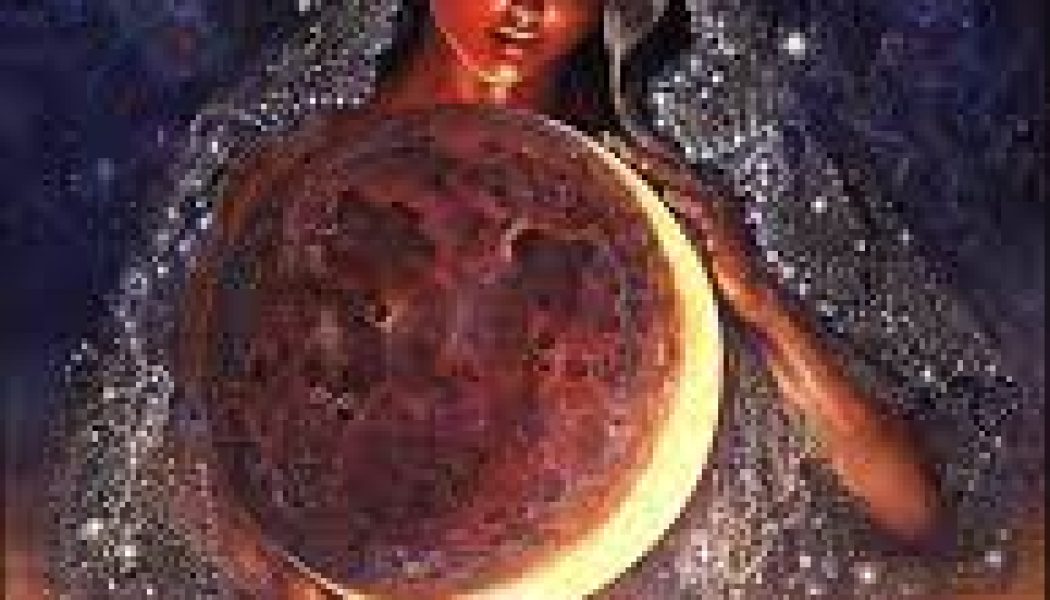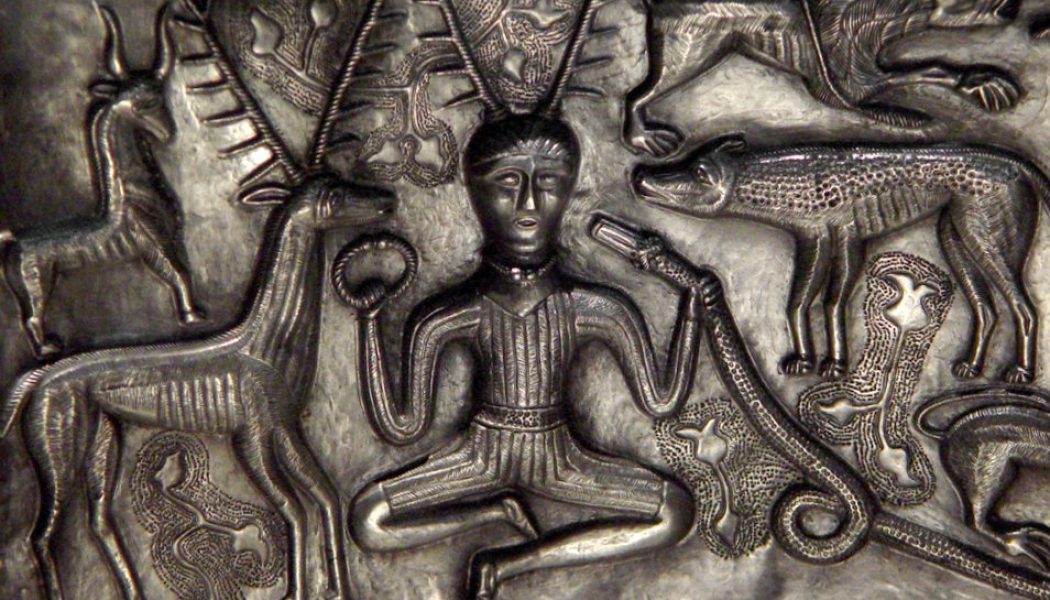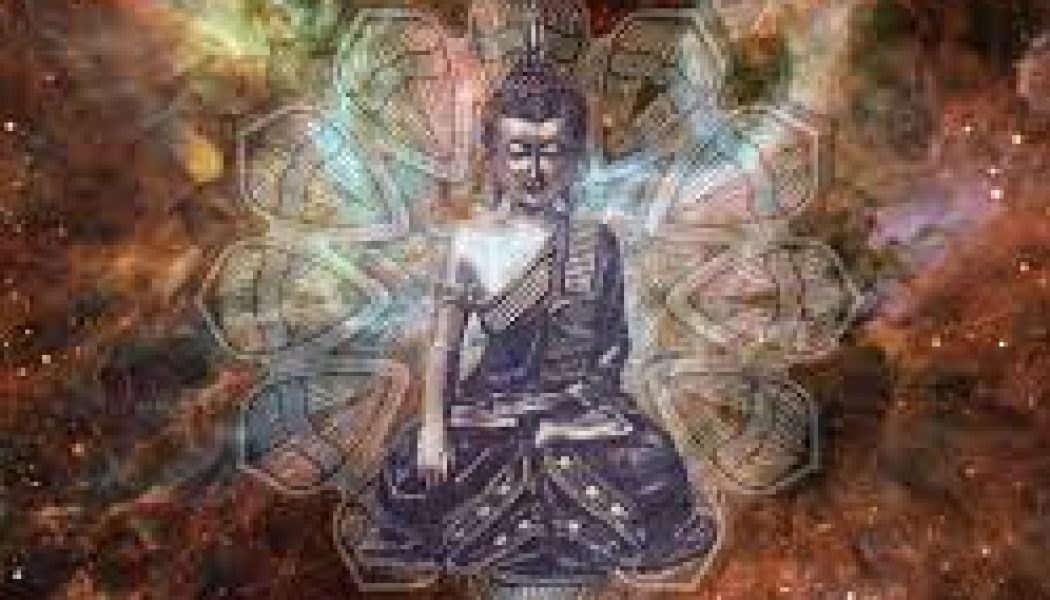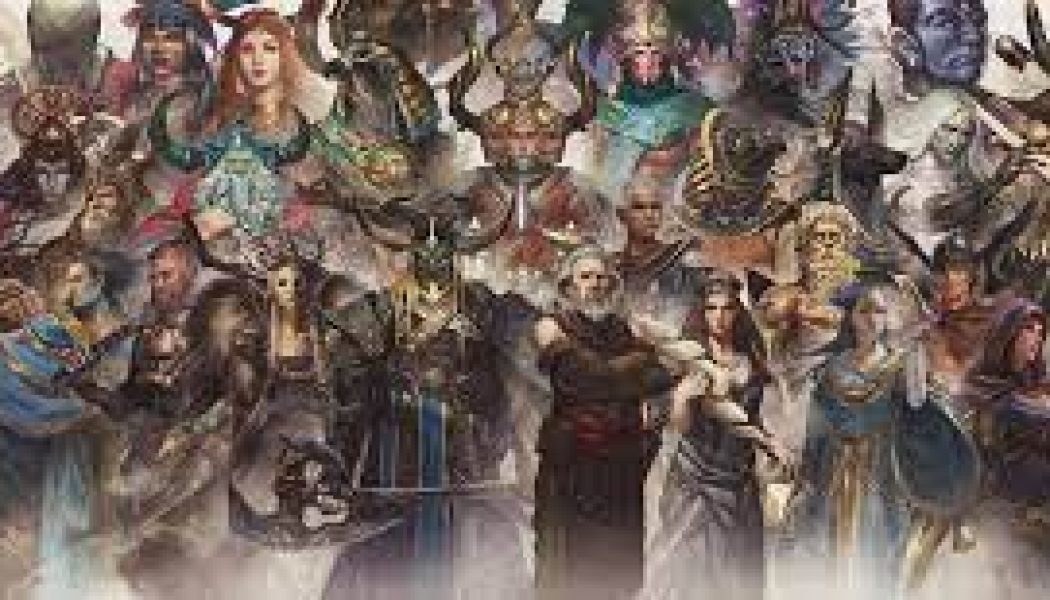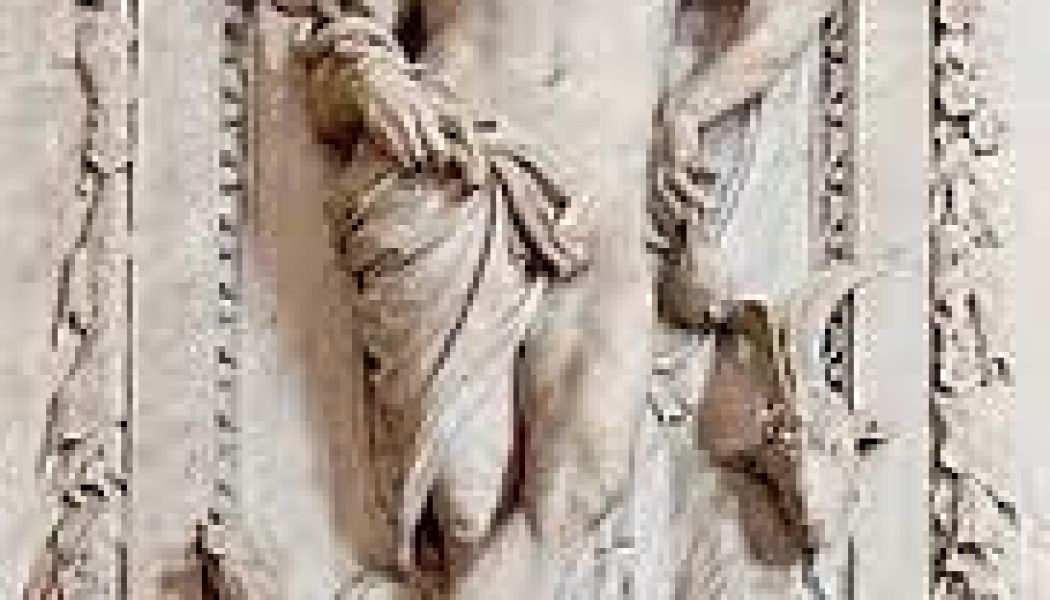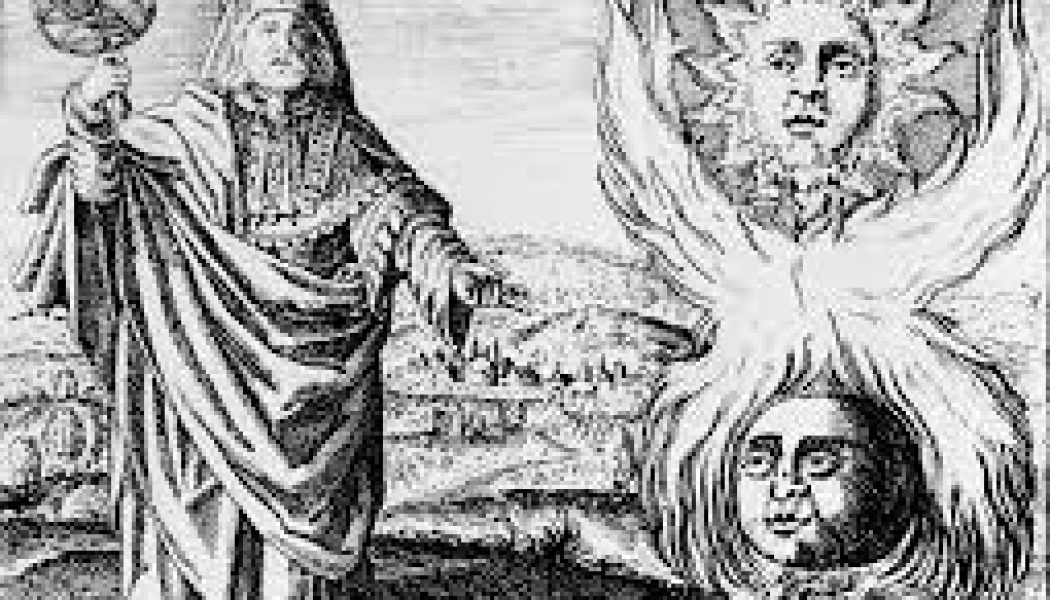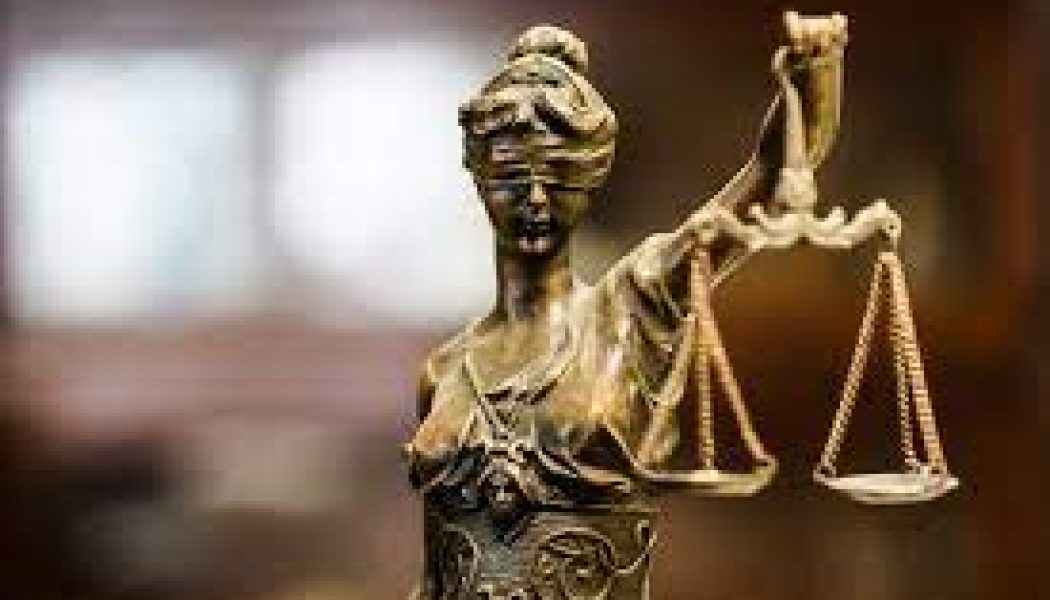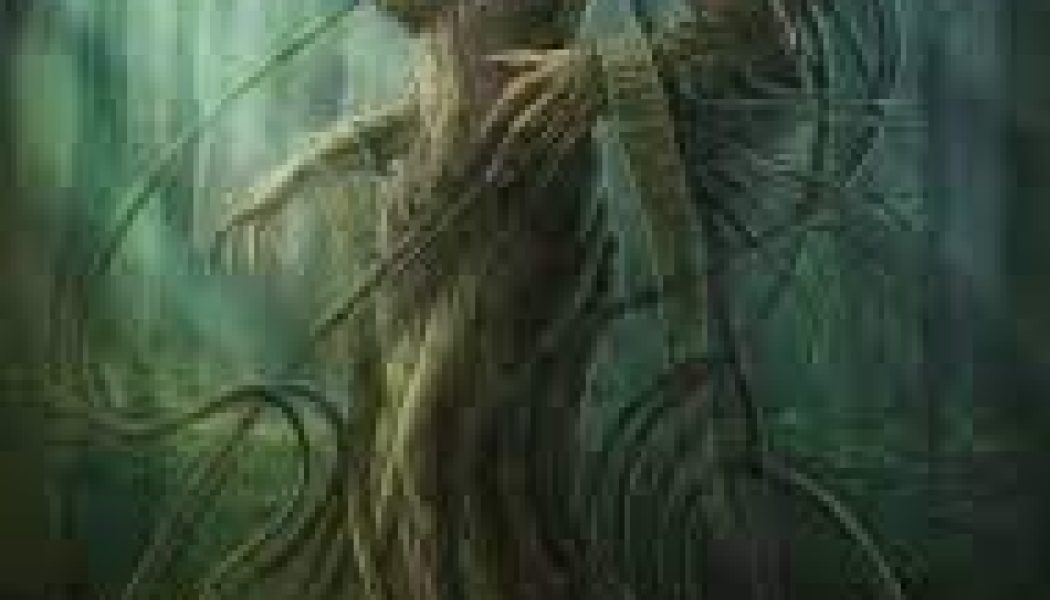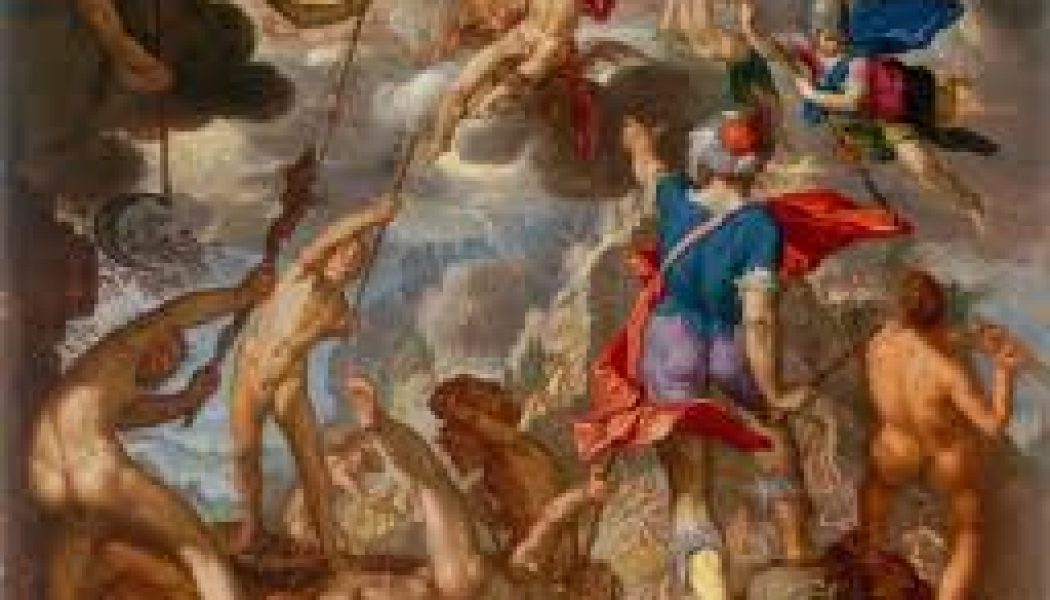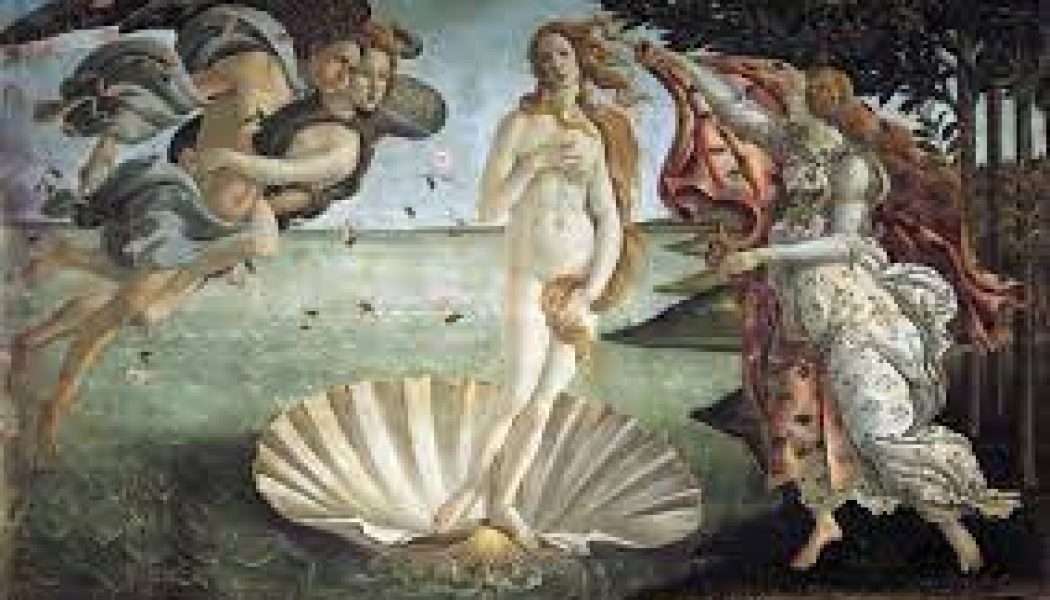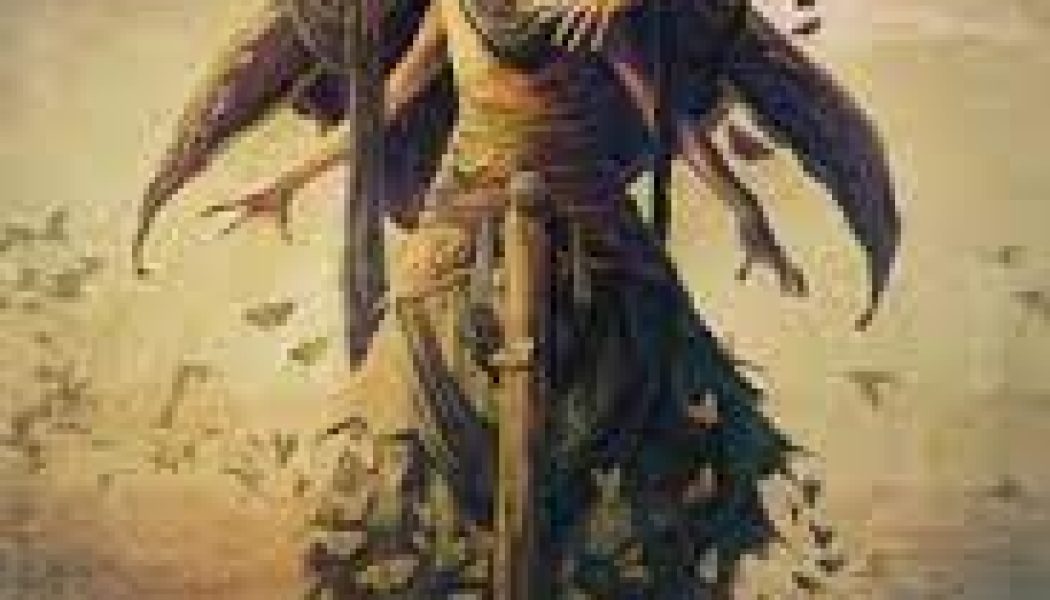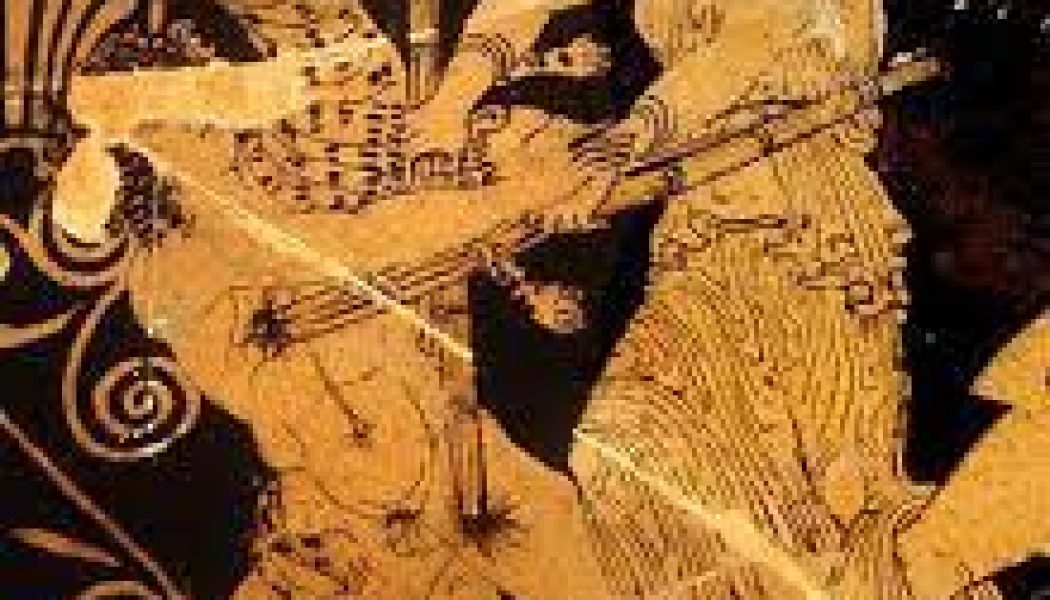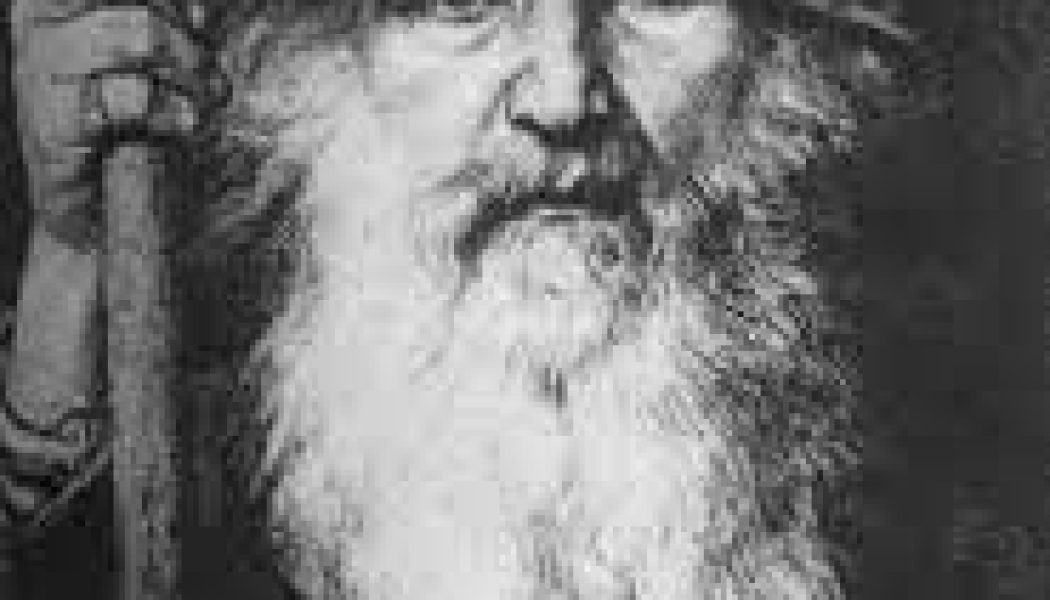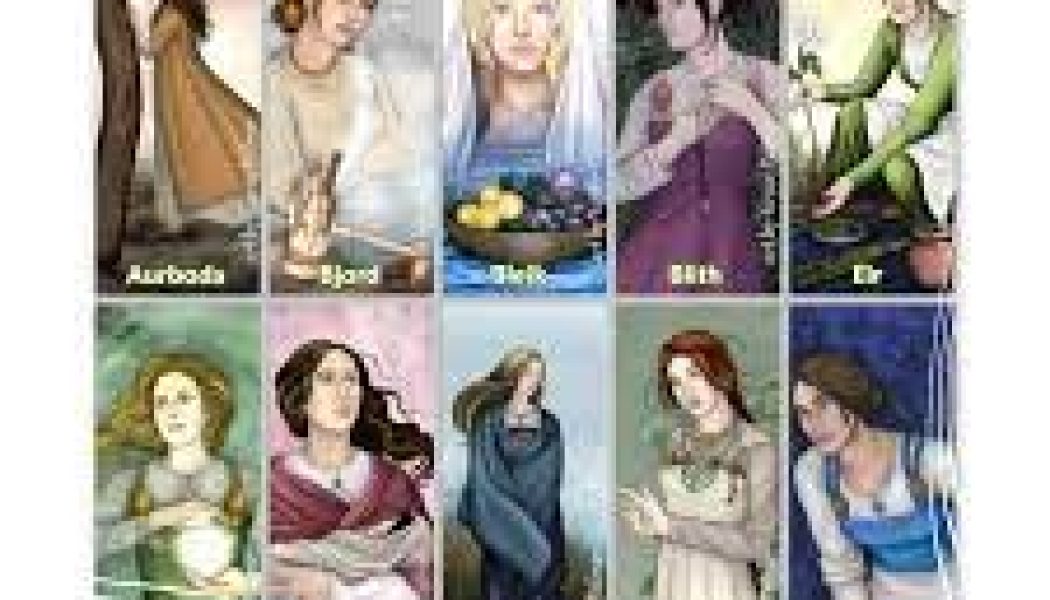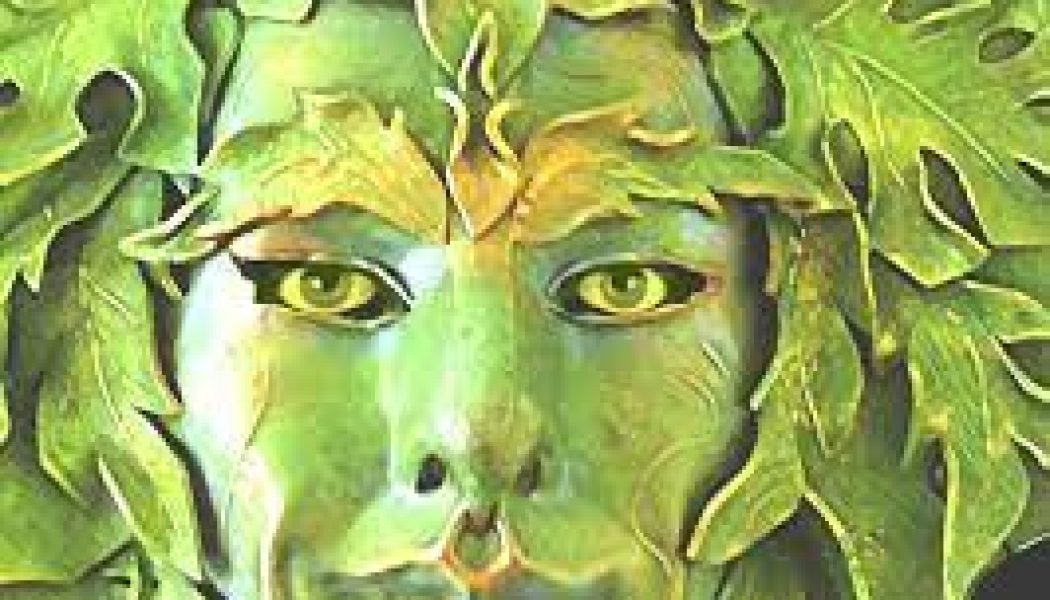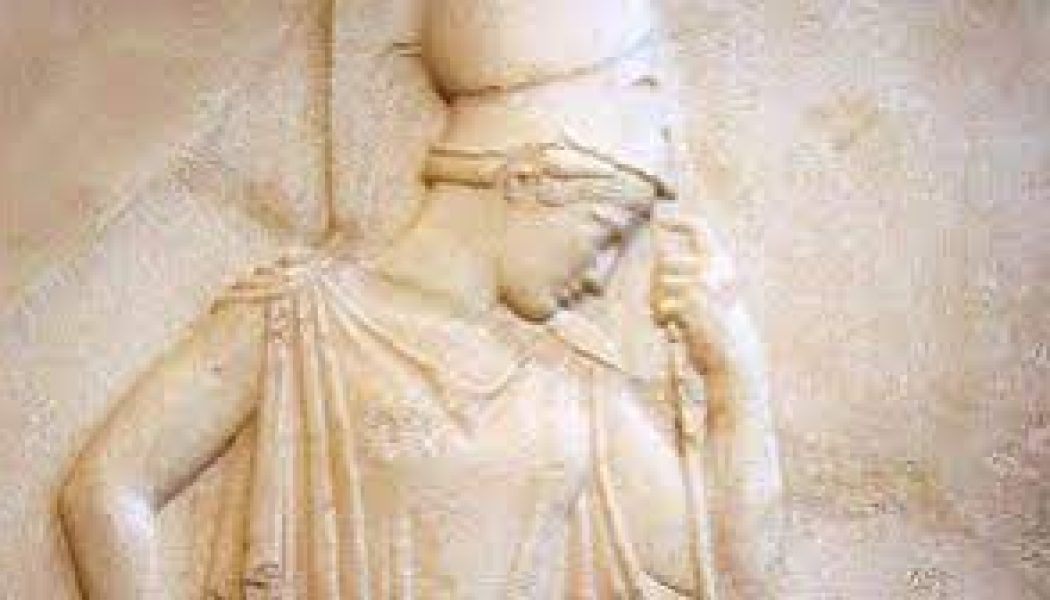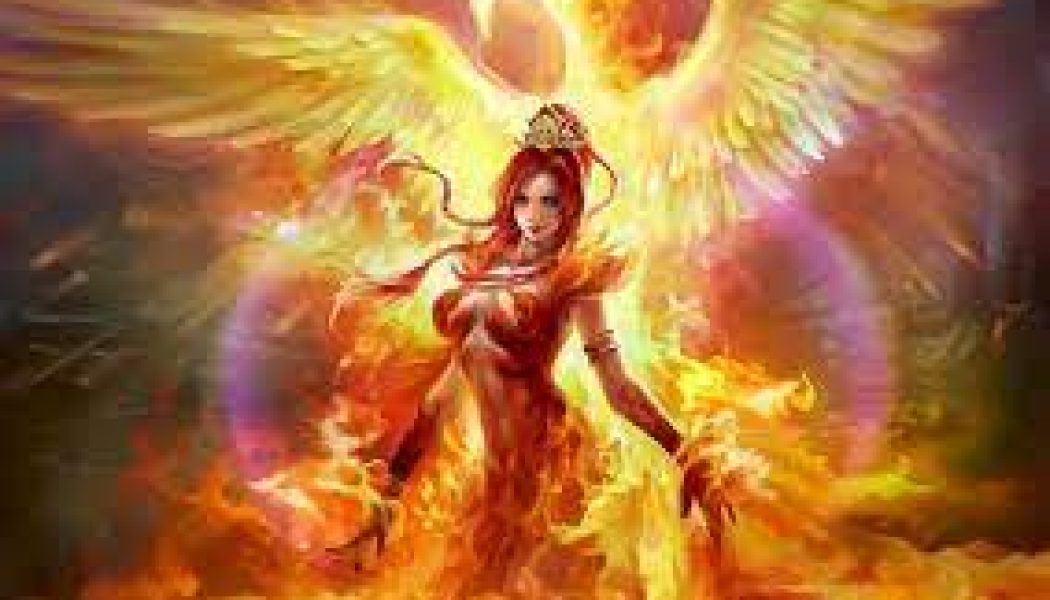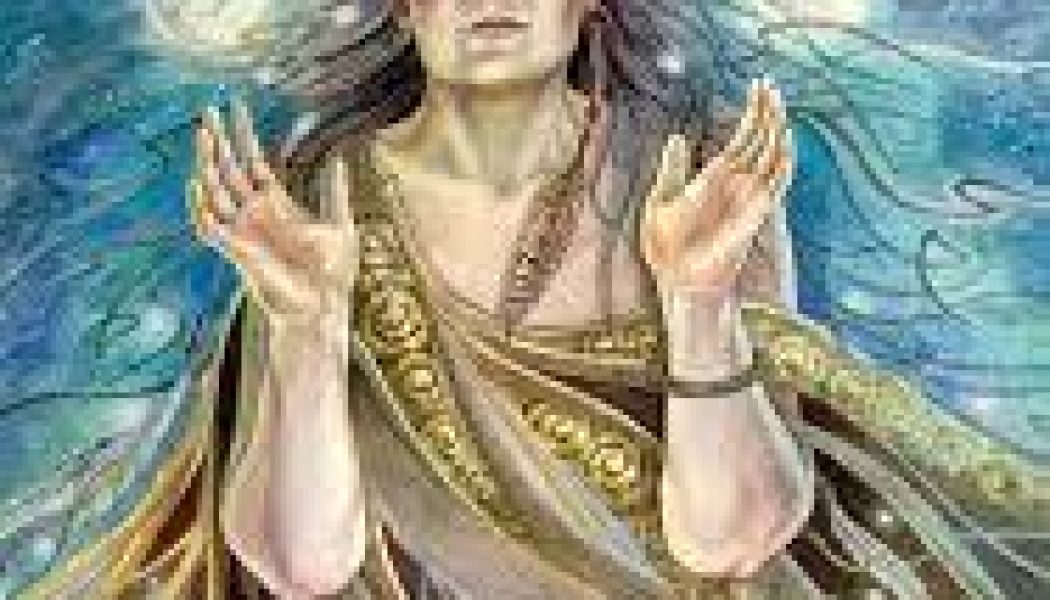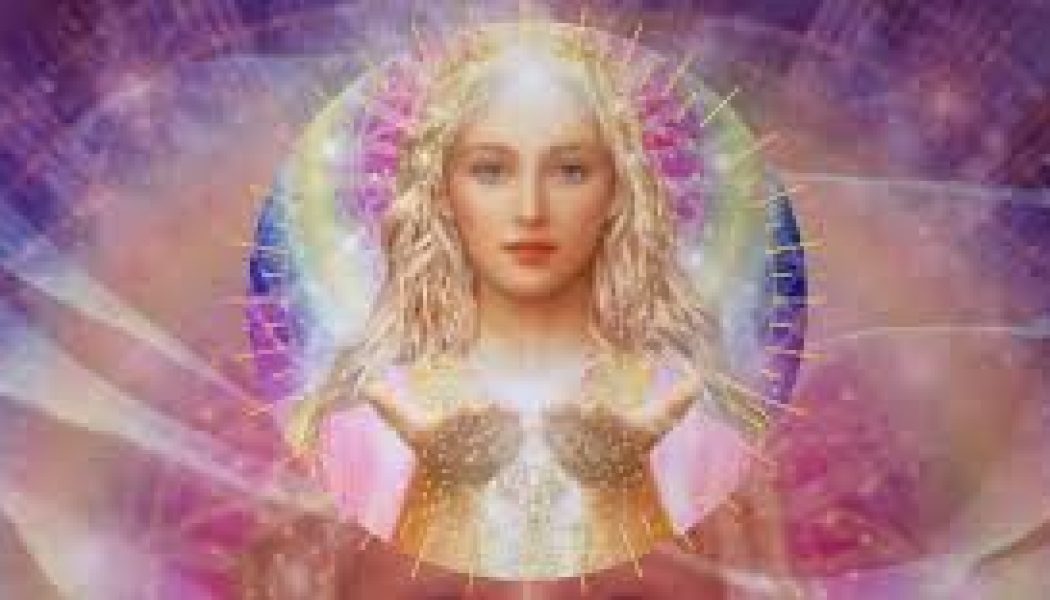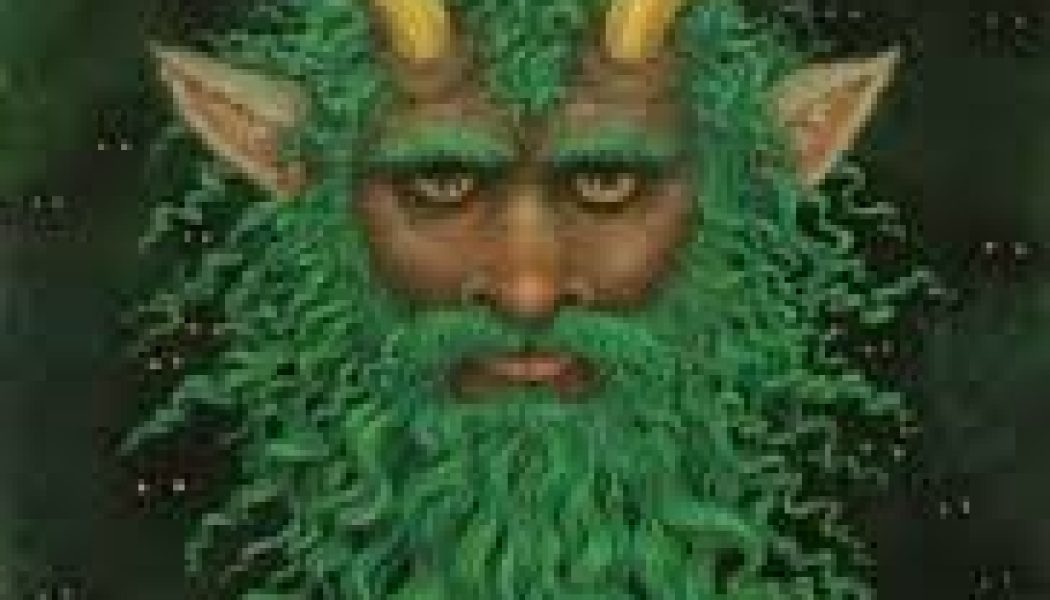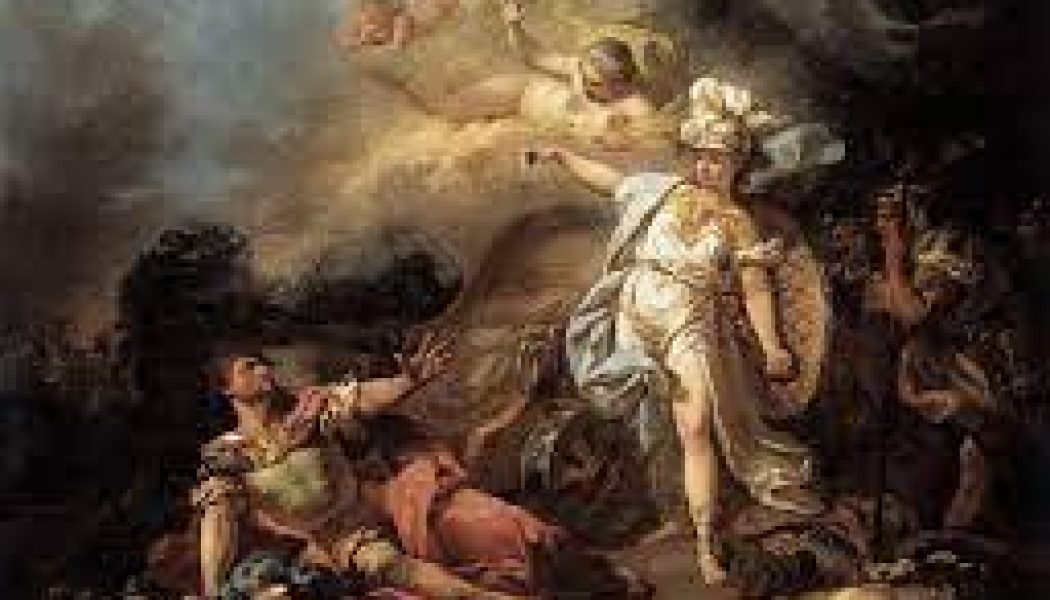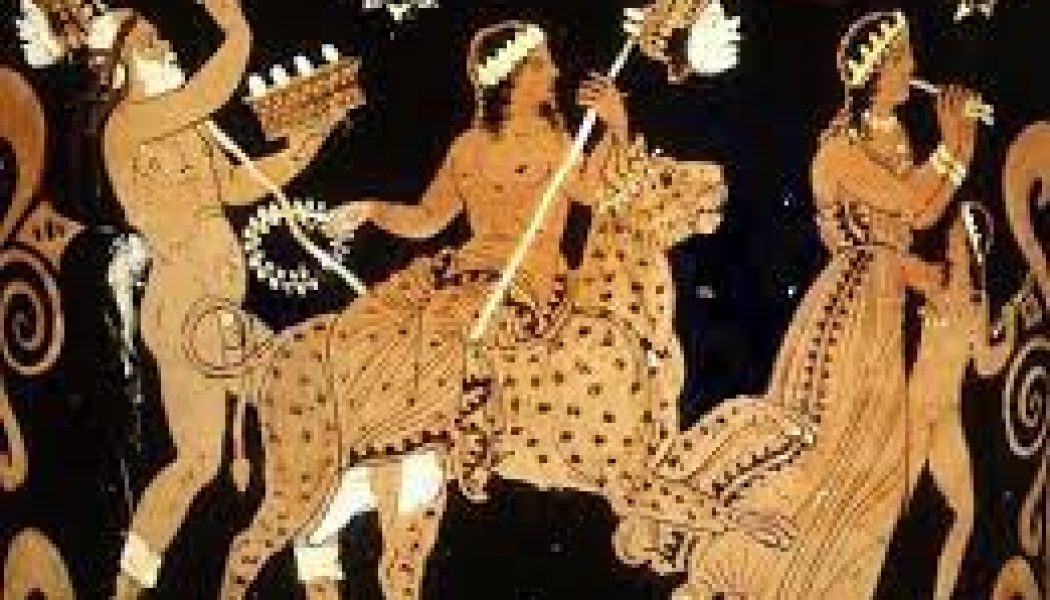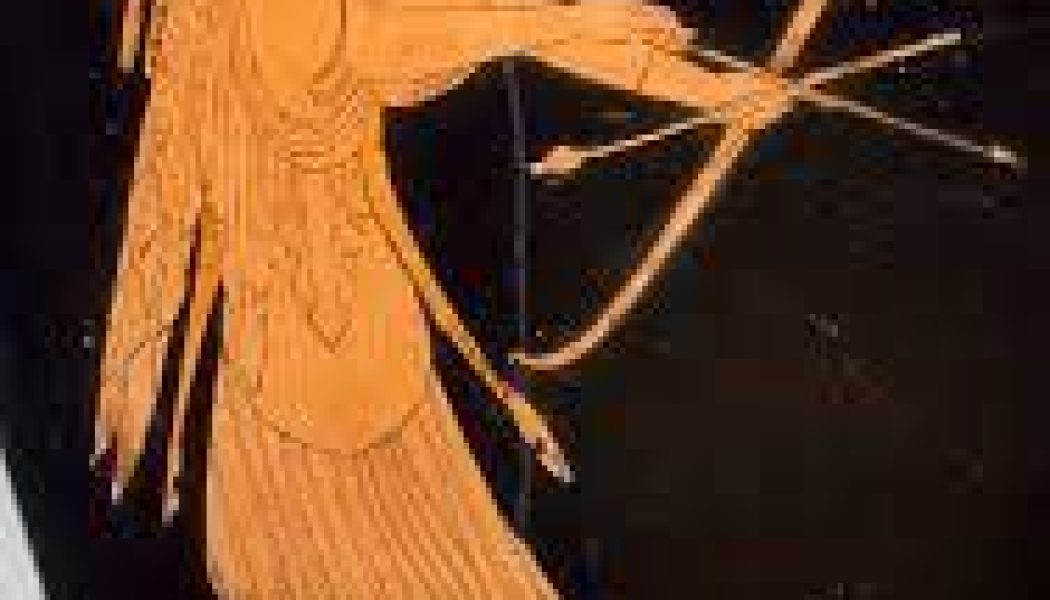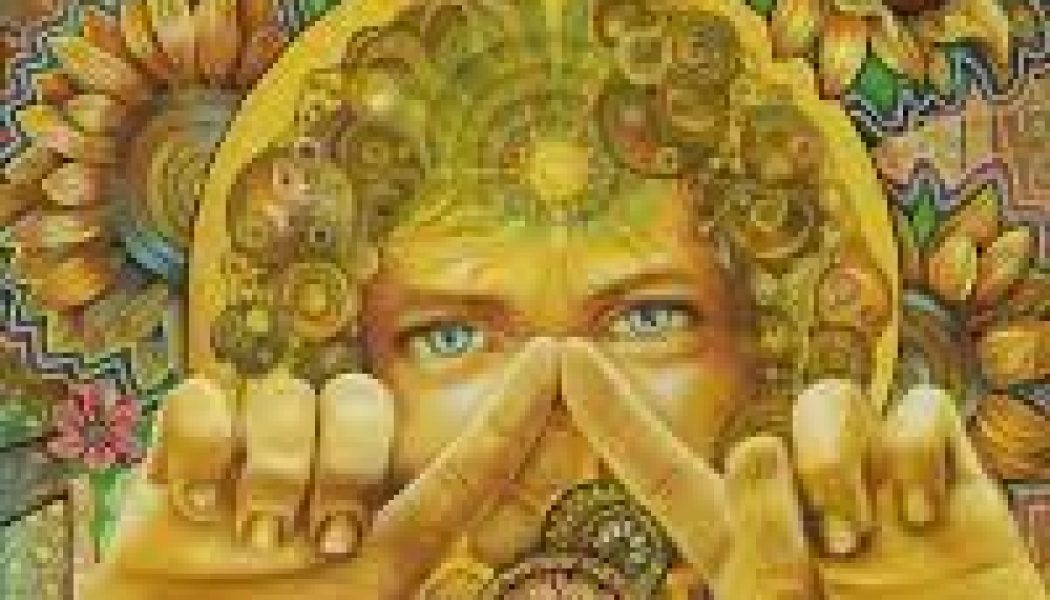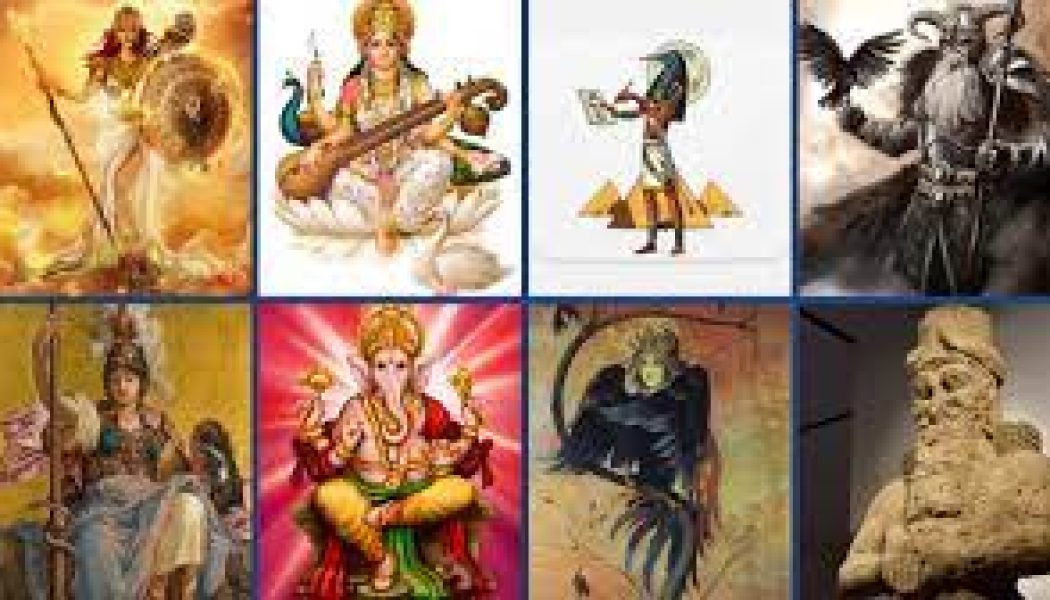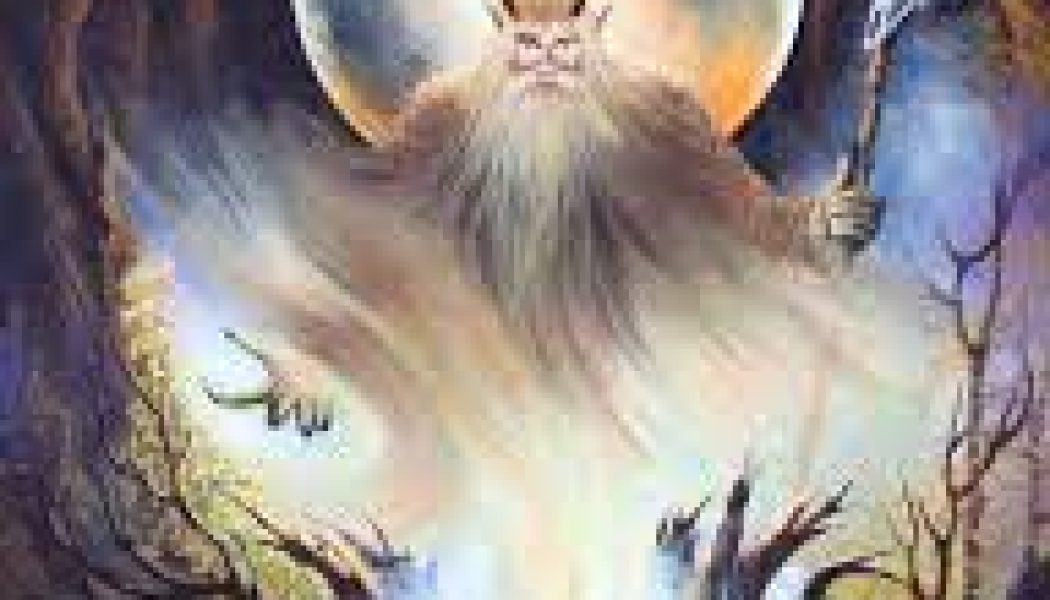Deities
Personal Relationships with Spirits & Deities
Here are a few pointers to strengthen your relationship with them. Meditate. First and foremost, you need to have an alright grasp on quieting your mind. You need to have an idea of where your mind wa...
Deities of the Divine
Throughout the development of the human race, civilizations have seen and worshipped many and various attributes of the Divine. These universal forces have been clothed in forms which were expressive ...
The Celestial Alignment: Ra-Horakhty’s Rebirth and Orion’s Message
In the vast continuum of time, where human destiny intersects with cosmic rhythms, a pivotal moment emerges. Today, the ancient sands of the Nile mark a triad of renewals: the onset of a New Year, the...
Gods, Fae, Elves, and Ancestors: Are They All the Same?
Gods. Fairies. Elves. Ancestors. The deeper we go into our pagan history, the more we see a blurring of the lines between the spirits. In fact, many of the sagas, legends, and lore point to the idea t...
Orphic Hymn To Hekate
call Ækátî of the Crossroads, worshipped at the meeting of three paths, oh lovely one. In the sky, earth, and sea, you are venerated in your saffron-colored robes. Funereal Daimôn, celebrating a...
Deities Of The Moon
Invoke these for gentle increase, power and banishing energies, fertility, intuition, magick and dreams. Arianrhod Arianrhod is a Welsh goddess of the full moon and also of time, karma and destiny. Sh...
Deities for Protection
Anubis (Egyptian) : The jackal headed god. Anubis is the gatekeeper to the underworld a protector and a guardian. Anubis can walk with you during challenging magickal situations. He can help to remove...
Deity – Soul
There are 2 types of souls. Those that use their minds to live life with, and souls that use their hearts. The soul uses both but typically one makes the most decisions, certainly not all in most case...
Deities For Power
These deities may be invoked for strength, success, energy, inspiration and increase. Apollo Apollo, the Greek Sun God, was twin brother of Artemis, the Moon Goddess. As god of the solarlight, Apollo ...
Hermes Trismegistus
The thrice greatest Hermes,” amythological blend of the Egyptian god Thoth, who governedmystical wisdom, magic, writing and other disciplines,and was associated with healing; and the Greekgod Hermes, ...
Deity – The Laws
The Laws of the Universe are created in such a way that nothing escapes punishment and no good deed goes unrewarded. The Deity lives in everything that exists and is therefore omnipresent. It is belie...
Deities Of The Environment
Invoke these deities for rituals involving all aspects of the environment and for healing the planet. Gaia Gaia is the all-embracing and all-nourishing goddess of the Earth. It is said that she suppli...
Deities Of The Male Principle
These deities are for the hunt, instincts, willing sacrifice and ecstasy. Cernunnos Cernunnos, meaning ‘horned one’, was a generic term for the various Horned Gods of the Celtictradition. The god date...
Deities Of Marriage
These deities can be invoked in rituals concerning the family and the home. Frigg Frigg was the Viking Mother Goddess whose jewelled spinning wheel formed Orion’s belt; aspatroness of marriage, women,...
Deities Of Healing
Aesculapius Aesculapius was a healer, son of Apollo and the mortal Corona, who lived during the eleventh centuryBC, and became a god after Zeus killed him with a thunderbolt for raising the dead.The f...
Deities of fire
Agni Agni, the Hindu god of fire, is said to be manifest as the vital spark in mankind, birds, animals, plantsand life itself. He appeared in lightning, in celestial sun flares, in the sacred blaze ri...
Wise Woman Deities
These goddesses are for transformation rituals, for endings that become beginnings and for acceptingwhat cannot be changed. Cailleach Cailleach, meaning’ the Veiled One’, is the Celtic name for a numb...
Deities and the Divine
Seeking and attaining a spiritual relationship with the Triple Goddess or Cernunnos or Diana or any other number of deities from around the ancient world can be a very effective way into the Craft, an...
The Hedge Witch – The Gods
In Witchcraft, the gods are often seen as a part of nature, as are we, flowing through time and space. That quality, that energy that we term as the deity is within everything. As it is within everyth...
Deity – Life and Death
Life is the force that moves the dead Earth and all things that exist. Death is the force that stops all things that move the living Earth and all things that do not yet exist. All things live and all...
Summer Solstice Gods and Goddesses
The summer solstice has long been a time when cultures celebrated the lengthening year. It is on this day, sometimes called Litha, that there is more daylight than any other time; a direct counterpoin...
Deities of Wisdom
As well as wisdom, these gods and goddesses are for knowledge, truth and justice. Athena Athena, or Athene, daughter of Zeus, is the goddess of wise counsel, both in peace and war, of intelligence, re...
Charge Of The God
For some practitioners, this charge is less important, but some may believe that the male polarity or energiesare an integral part not only of the seasonal Wheel of the Year, but also of human e...
